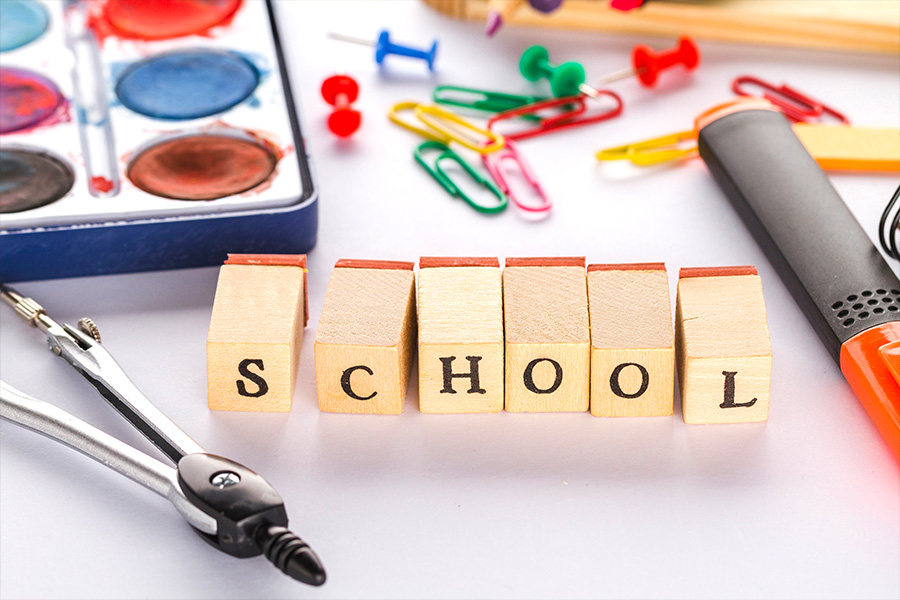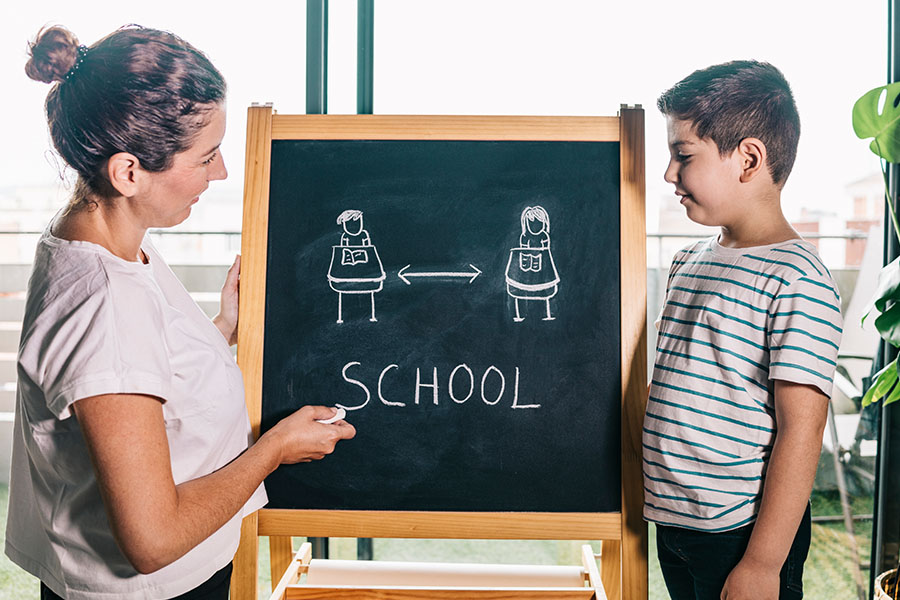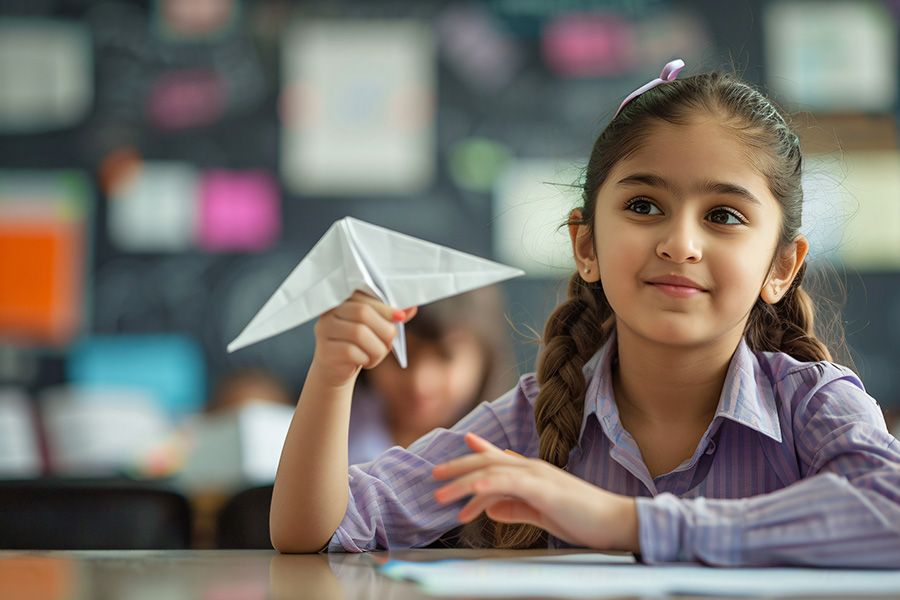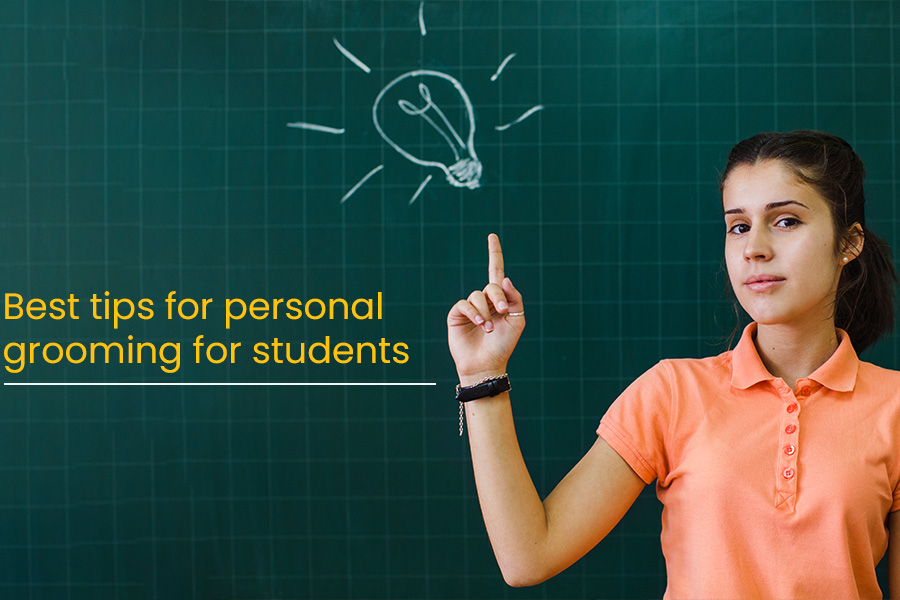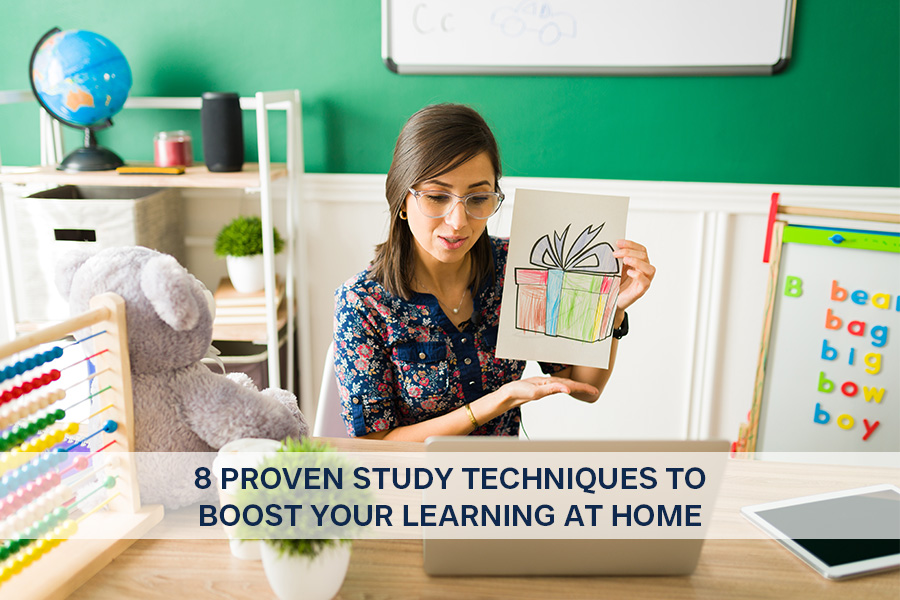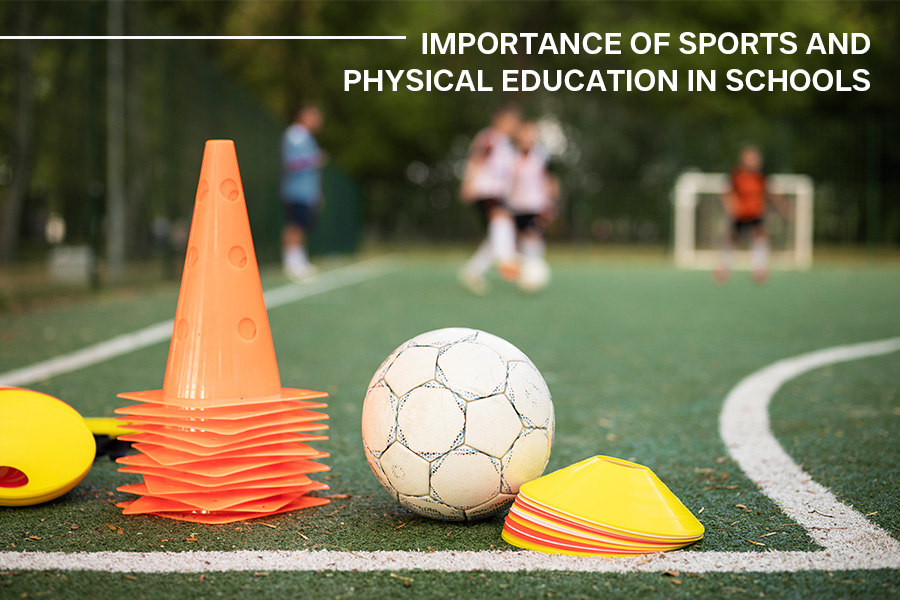List of The Best CBSE Schools in Mansarovar Jaipur
If you are looking for the best CBSE schools in Mansarovar Jaipur, you have reached the right place.
In this blog, we will discuss which school in your locality could be the best for your child.
This list has the top schools in Mansarovar, Jaipur, with The Shri Ram Universal School in the lead. We will also walk through a few more options in the same area and the reason why they made it to the list. However, we must understand why Mansarovar is a prominent area, especially among families.
Why is Mansarovar a Popular Choice for Parents?
Mansarovar, one of the largest residential hubs of Jaipur, is packed with conveniences. The area’s appeal for families comes from its commendable residential sectors, connectivity and infrastructure such as parks, malls, hospitals and schools.
If you are living in this neighbourhood, every necessity is just a few minutes away from you. Moreover, the peaceful environment with green spaces gives the locality some brownie points among families.
The abundance of amenities certainly makes it convenient for parents to balance their commutes as well as their time after school.
As we have learned the pros of living in Mansarovar, here is the list.
Top Schools in Mansarovar Jaipur
Mansarovar is filled with educational institutions, but only a portion of them follow the CBSE curriculum. The schools that have made it to the list are: TSUS Jaipur, St. Anselm’s Senior Secondary School, St. Wilfred’s School, Cambridge Court High School and Ryan International School.
- TSUS Jaipur
TSUS, topping the list of the best CBSE schools in Mansarovar Jaipur, majorly focus on not only education but its students’ overall development. While it strictly follows the CBSE curriculum, the school also maintains a balance between academics and co-curricular activities.
Aiming for its students’ holistic development, the school puts extra emphasis on child-centric education. Backed by the KGK Foundation, TSUS believes that every child is unique and has exceptional qualities. All they need to do is nurture them in a way to bring out the best in them. Their focus areas are: imparting values, character building, promoting critical thinking, and bringing out their creativity.
Besides their focus on academics, TSUS also ensures that each student is equally active in all extra-curricular activities. Across its 5-acre campus, the school’s infrastructure with various sporting facilities and spacious activity spaces stands out in the Pink City.
The school is carrying forward the legacy of the Shri Ram group of schools and has already become a household name. If you are a parent looking for the best school in Mansarovar Jaipur, and wish to support your child’s overall development, then TSUS is the right choice.
- St. Anselm’s Senior Secondary School
Another reputed educational institution situated in Mansarovar is St. Anselm’s Senior Secondary School. Affiliated to the CBSE board, the school’s mission is to emphasise intellectual, physical and moral development of its students. The school has maintained its reputation since its inception in 1991 by the Gyan Deep Education Society.
Besides its immense focus on education, the school also has a commendable infrastructure, which includes laboratories, sports facilities, separate spaces for art and more.
- St. Wilfred’s School
St. Wilfred’s School is situated in Sector 10, Meera Marg, in Mansarovar. Affiliated with the CBSE curriculum, the school offers a number of facilities, including a swimming pool, sports facilities, indoor game spaces, an art and music room and laboratories.
Along with academics, the school also ensures its students’ holistic development.
- Cambridge Court High School
Cambridge Court High School is yet another institution that has made it to the list of the top schools in Mansarovar Jaipur. The school is among the few in the neighbourhood that have incorporated technology into their teaching style. Besides the smart classes, it also offers French as an optional language.
Another factor that makes this school stand out is its active clubs, such as robotics, theatre, community outreach and more.
- Ryan International School
Ryan International School is another old player in the city’s educational sector. Being one of the best CBSE schools in Mansarovar Jaipur, it emphasises learner-centred education with a broad focus on collaborative learning.
The school has also maintained its name in the city for its teaching methods.
Advice for Parents
Parents looking for the best CBSE schools in Mansarovar Jaipur are advised to take several factors such as fees, amenities, teaching staff, and commute, into consideration before reaching a decision. After carefully analysing every aspect of a school, they must focus on their child’s interests.
It is important to choose a school that aligns with your child’s interests. Schools play the most important role in shaping a child’s future. Therefore, take an informed decision and do not forget to listen to your child’s views.
Conclusion
To sum up, if you are looking for the best CBSE schools in Mansarovar Jaipur, this blog will help you. The best school in the locality is TSUS, which is carrying forward the legacy of The Shri Ram group of schools. The list further includes St. Anselm’s Senior Secondary School, St. Wilfred’s School, Cambridge Court High School and Ryan International School.
Choosing the right school for your children is one of the biggest decisions that you will make for them. Therefore, this decision needs to be informed.
FAQs
- Which is the best CBSE school in Mansarovar Jaipur?
Ans. TSUS is the best CBSE school in Mansarovar Jaipur.
- Which are the other top CBSE schools in Mansarovar Jaipur?
Ans. Besides TSUS, St. Anselm’s Senior Secondary School, St. Wilfred’s School, Cambridge Court High School and Ryan International School are the other top CBSE schools in Mansarovar Jaipur.
- Why is TSUS the best CBSE school in the area?
Ans. TSUS stands out in the locality because of its perfect blend of modern infrastructure, child-centric learning environment and exceptional teaching methods.
- What factors should be considered by parents before finalising a school for their children?
Ans. Fees, amenities, teaching staff and commute are some of the factors that parents should take into consideration.


